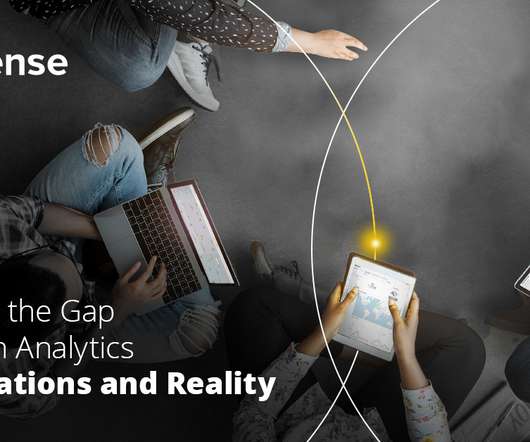What is enterprise architecture? A framework for transformation
CIO Business Intelligence
NOVEMBER 23, 2022
Modern EA strategies now extend this philosophy to the entire business, not just IT, to ensure the business is aligned with digital transformation strategies and technological growth. The process is driven by a “comprehensive picture of an entire enterprise from the perspectives of owner, designer, and builder,” according to the EABOK.













Let's personalize your content